Exploring Islamic Common Market
This Article was published in
The Post (October 24, 2009)
The Frontier Post Page: 6 (Print Version) (October 25, 2009)
Business Recorder (Print Version) (October 25, 2009)
Business Recorder (October 26, 2009)
Hussain Mohi-ud-Din Qadri
The economic imperatives have shaped the New World Order, which came into being following the demise of Communism when the uni-polar system of international relations was established under the leadership of United States. The pursuit of political agenda and advancement of foreign policy objectives has become subservient to economic interests of the countries. China appears to be the best example in this regard. In the same way, the phenomena of regional economic groupings and Free Trade Agreements (FTAs) have added a new dimension to the international system. In a world dictated by the forces of globalization marked by new rules of the game, achieving the goal of economic integration acquires all the more urgency so far as the Muslim Ummah is concerned.
The oft-suggested idea of setting up an Islamic Common Market (ICM) was first mooted at the second Islamic Summit Conference in Lahore in 1974. It was agreed that the establishment of such a market could be at best a long-term objective and the proposal needed careful and deep consideration. During this period, some progress has been made towards greater cooperation among the OIC member countries. A number of economic cooperation arrangements made between member states could be the basis for a future ICM.
By definition a common market is a scheme of economic integration where the members agree to abolish all the tariffs on each other’s exports, follow a common tariff policy towards their imports from the rest of the world and allow a free flow of commodities as well as productive factors (capital, labour, entrepreneurs and technology) within the member states. In case the Muslim countries are part of some regional integration schemes, even these have not taken any substantial steps to achieve advanced forms of economic integration. There are three viewpoints so far as the idea of Islamic Common Market is concerned.
Firstly, some states simply oppose such a market and prefer simple bilateral trade between the members. Secondly, another group supports the idea of an ICM but rather passively and unenthusiastically. Thirdly, this group actively promotes the establishment of at least a basic structure which would later be developed into a full fledged common market.
The later group stresses that a vital prerequisite for this is increasing economic, industrial and commercial cooperation and development of all Muslim states. This would largely depend on the exchange of information, development of communications, increase in relations between private sectors, promotions of trade fairs and exhibitions for the products and services of the Muslim states, common educational programmes and scientific exchange and research between member countries.
There are those who emphasize that in view of the prevailing political climate in various Muslim countries, it would be difficult to unify the diverse economic structures. Political and ideological differences between some of the member states will further hinder the process of economic integration among OIC countries. This process, however, could be given a stimulus if member states established economic and industrial cooperation on a regional basis to start with. Others still say that the greatest barrier to the establishment of greater economic cooperation between Muslim states is the lack of political will.
Despite that, the most significant progress towards both increased intra-trade and as ICM has come within the framework of OIC’s “Plan of Action to Strengthen Economic Cooperation among the Member States”, which was adopted by the Third Islamic Summit Conference in Taif, Saudi Arabia, and within the extensive follow-up action of the Standing Committee on Economic and Commercial Cooperation (COMECEC), which became operational in 1984 after the fourth Summit in Casablanca and in its meeting in March 1987 in Istanbul, Turkey. The Plan of Action specifies the targets to be achieved in ten major areas of cooperation i.e. food and agriculture, trade, industry, transport, communication and tourism, population and health and technical cooperation.
The COMECEC established “The Longer Term Trade Financing Scheme” which is being run by the 44-member Islamic Development Bank (IDB) as a fund. The $600 million fund, the first ever of its kind to be launched by IDB, became operational after the Fifth Summit Conference in Kuwait. The objective the Scheme is to increase trade among the OIC member countries in non-traditional items with emphasis on exports. It will provide partial funding for periods ranging from eighteen months to five years. Another scheme launched by the IDB is the Islamic Corporation for the Insurance of Investment and Export Credit (ICIEC). The establishment of a Trade Information Network and a Trade Preferential System are some steps which hopefully would lead to greater cooperation among the OIC countries, which is a pre-requisite for ultimate integration of OIC member states.
The joint declaration adopted at the extraordinary meeting of OIC heads of states held in Makkah in 2005 identified the economic challenge as the cornerstone to be able to address the political issues facing the Muslim world. It is no doubt a very formidable task capable of testing our collective grit and determination. Any step towards restoring the lost glory of the Muslim Ummah should start with efforts for economic progress and the best course to achieve this is to form common Islamic Market (i.e. economic integration and FTAs). Let the coming generations not say that we did not prove equal to the task.
The writer is a PhD candidate in Economics at an Australian University






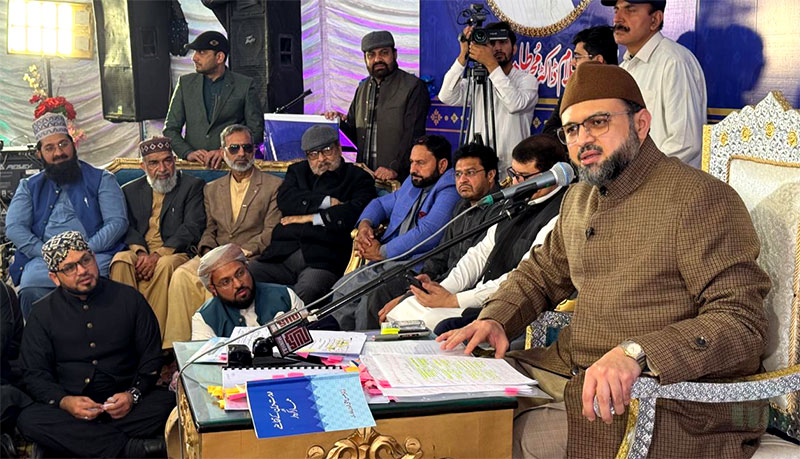
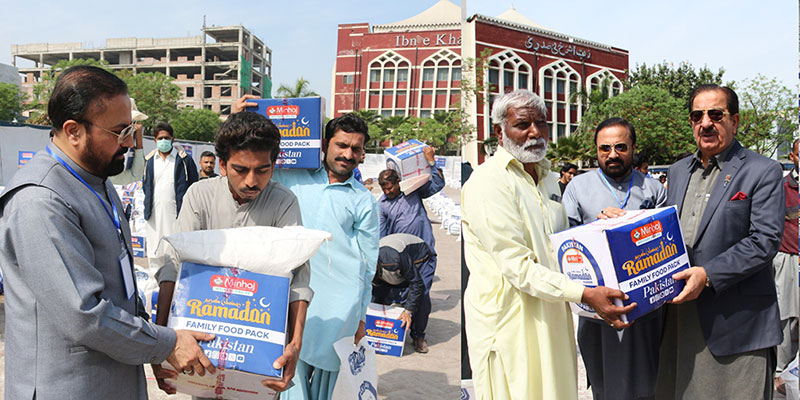

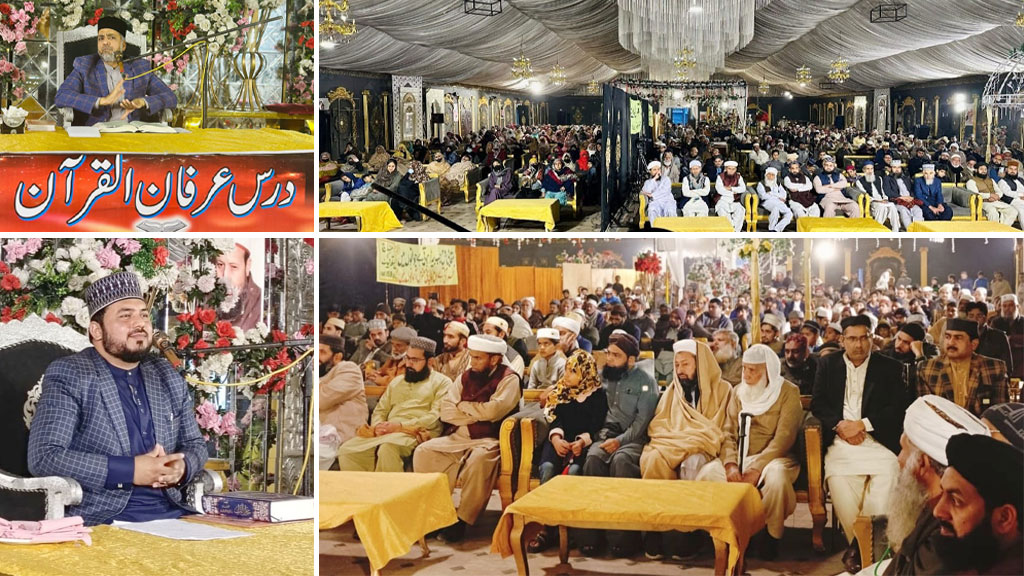
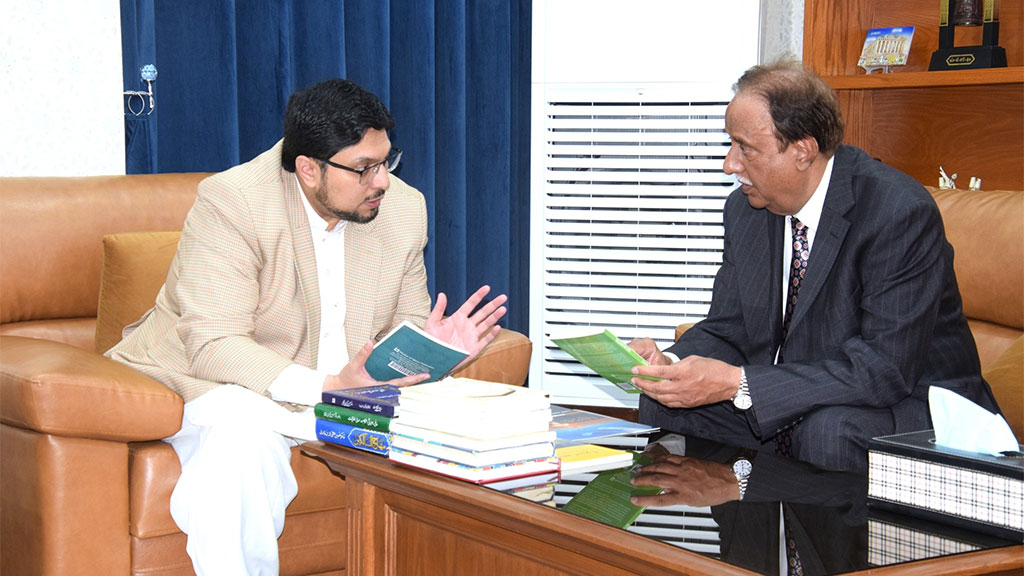
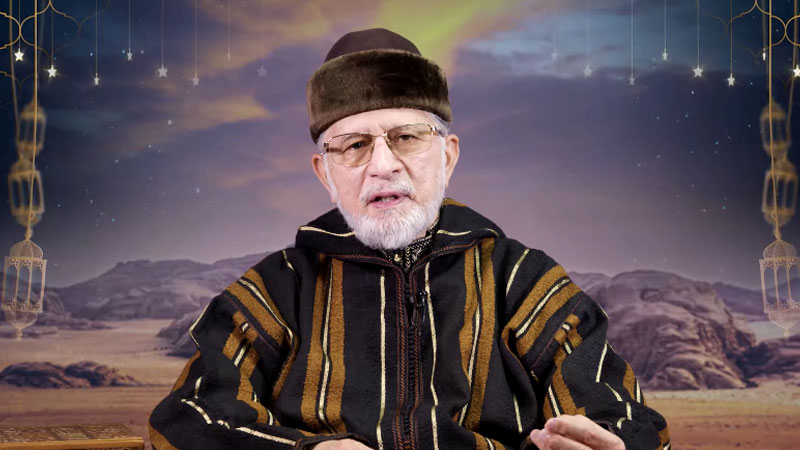
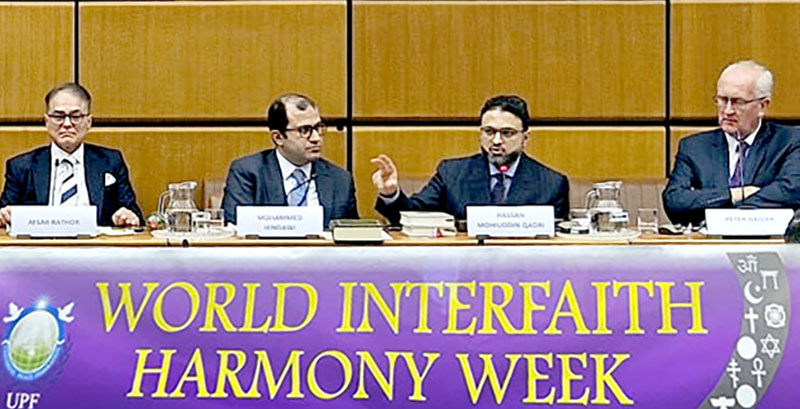
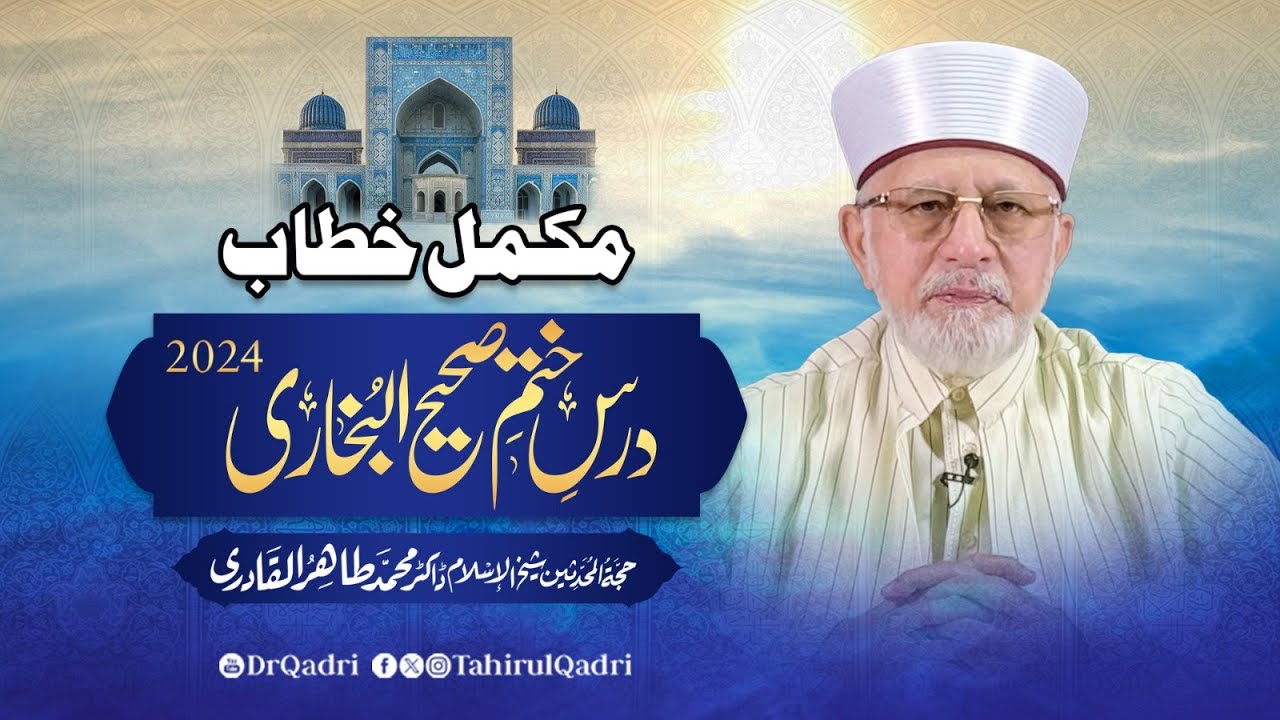






Comments